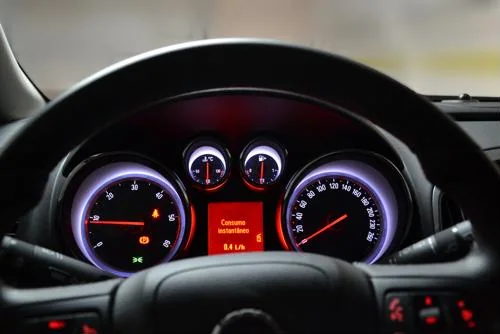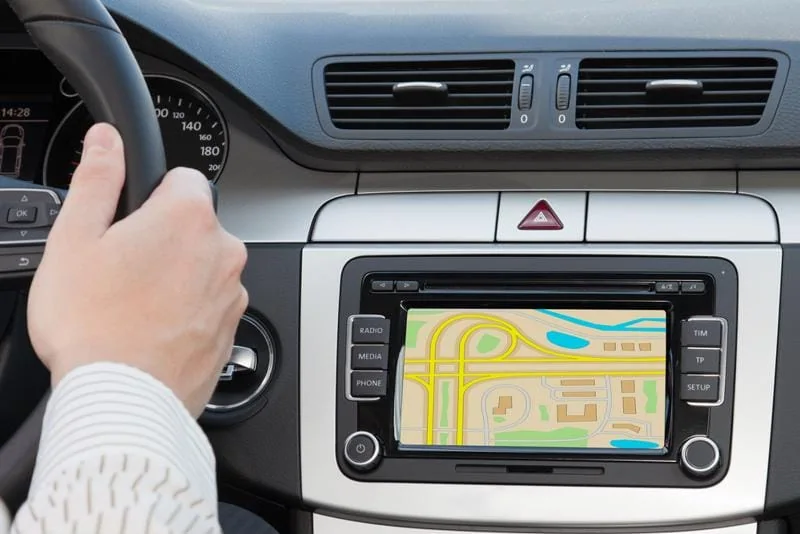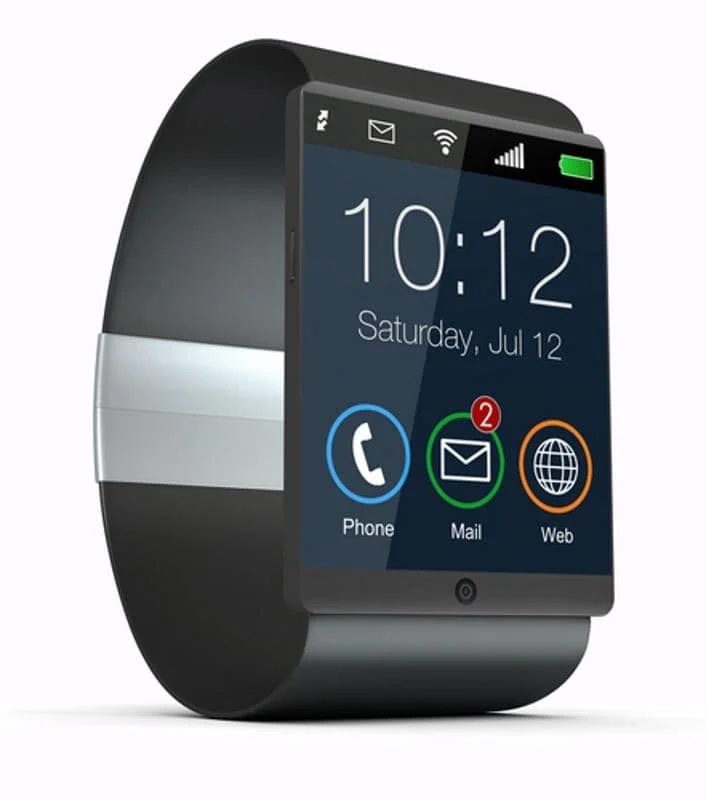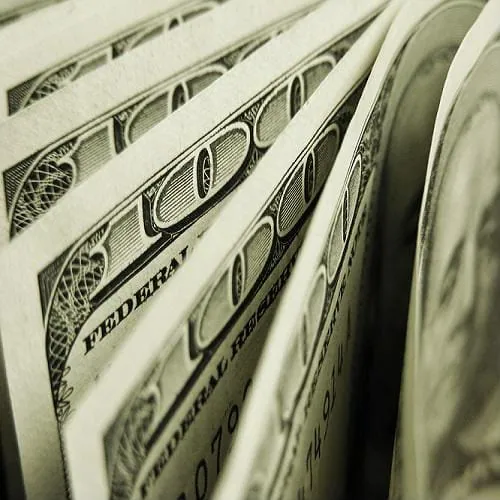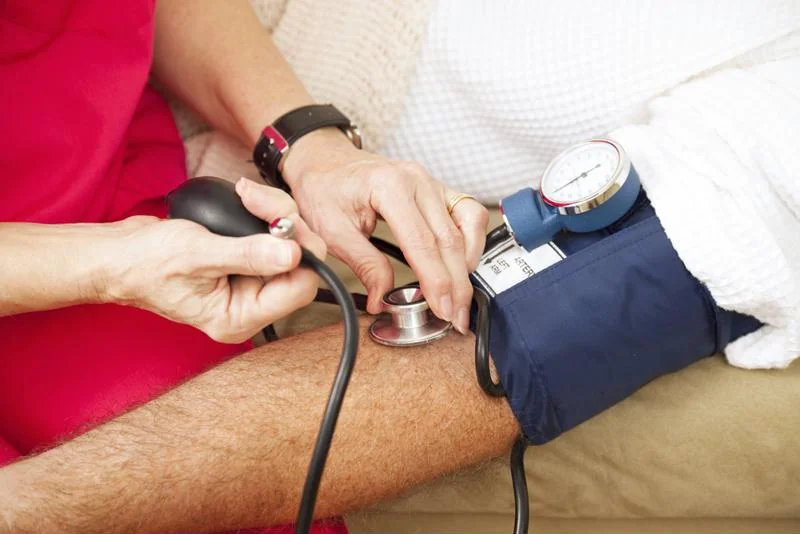Photo Etching: The V-8 Juice of Metal Fabricating
Comments Off on Photo Etching: The V-8 Juice of Metal FabricatingHave you ever slapped yourself on the forehead and thought: darn it….I could have had that photo etched. No, probably not. It’s a widespread problem with photo etching. Not enough people are aware of the capabilities of the process, which dates back the 1950s and evolved from the printed circuit board industry.
Lasers and plasma and waterjet cutting weren’t even ideas back then.
Yet we’re still here, since 1965.
Part of the confusion arises from multiple nomenclatures: photo etching, chemical etching, photochemical machining, chemical milling ( which is really a separate process) and metal photo (which doesn’t involve etching at all.)
The first three terms are interchangeable and describe a process of coating sheets of metal with photoresist, exposing the resist through, essentially, a stencil we call a phototool, developing the exposed resist and then etching away the unprotected metal. Chemical milling usually refers to soaking a partially masked component, such as a jet engine nacelle, in an etching solution in order to remove metal in selected areas, generally to reduce the weight of the part. MetalPhoto® is a process most often used in the nameplate industry that involves emulsion-coated aluminum that is exposed using a phototool and then fixed in a photographic developing solution and topped with a sealer. There’s no etching at all in this process.
When people think about metal fabricating processes, photo etching isn’t typically top-of-mind. We would really like to change that. There is a wealth of information about the etching process and its capabilities throughout this website. We hope you will take some time to poke around.
The basic facts are:
- lots of alloys: stainless and carbon steels, nickel and copper alloys, aluminum, molybdenum and silver
- thicknesses from .001″ to .080″ (in aluminum)
- we only charge for the first hole; no matter how many, all the other holes are free
- dimensional tolerances are +/- 15% of metal thickness
- phototools are typically less than $300 and produced in 24 hours
- there are no mechanical or thermal stresses imparted and parts are burr-free
So what’s not to like? That’s what I keep saying.
We may be a smallish company in the suburbs of Hartford, CT, but we serve more than two dozen of Industry Week’s leading industrial manufacturers, including 4 of their top 9 aerospace/defense enterprises. Really. Some major names on the customer list…. for a long time. So, don’t be afraid. We really do know how to work with you.
So, the next time you start to reflexively think stamping or laser or waterjet, think V-8 juice for a minute, and give us a try. Or, just try us now!
Or call us at 800-443-5218.


